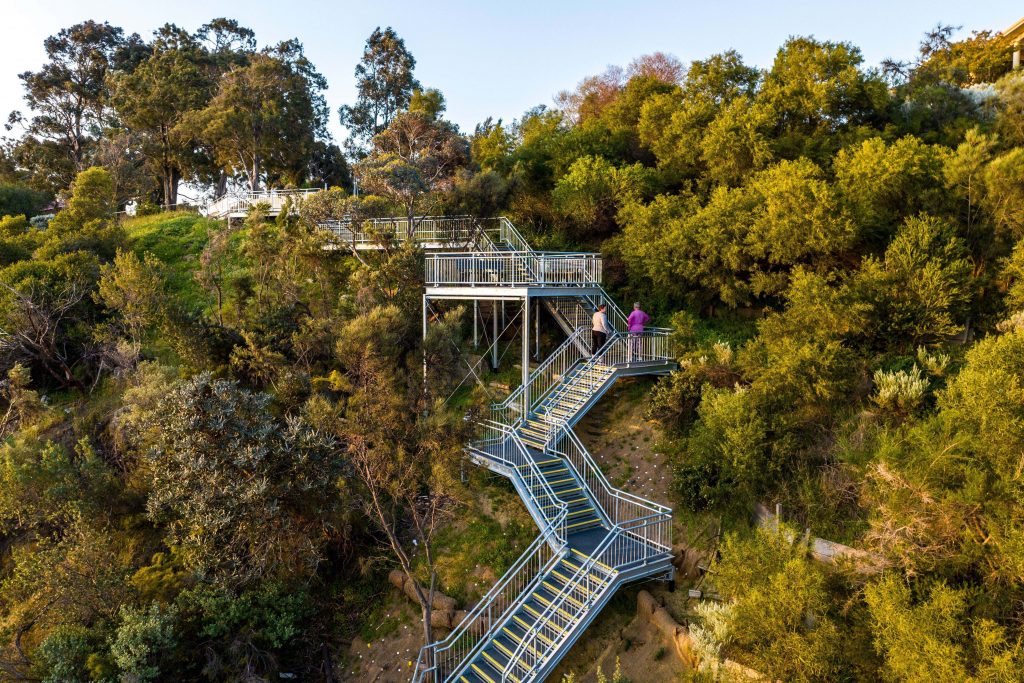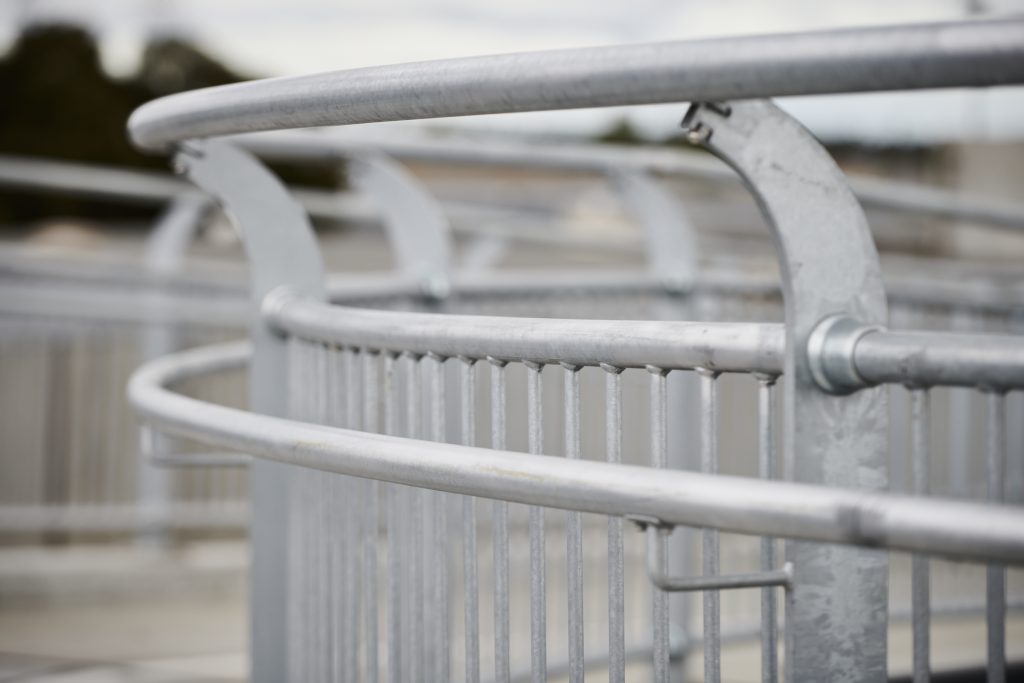From the moment children are born, parents become acutely aware of safety concerns. Every action, from where they run to what they eat, is scrutinized for safety. This vigilance is particularly heightened around heights. We constantly assess barriers, questioning whether they are sufficient to prevent falls or if they are sturdy enough to hold. This same concern applies to stair handrails and balustrades. We often find ourselves wondering, “Is this safe? What if someone slips, and what will they grab onto?”
These concerns extend beyond the home and into workplaces and public spaces, where the right barriers can significantly reduce hazards and prevent accidents. In environments like construction sites, factories, and public buildings, ensuring the safety of stairways, walkways, and platforms is crucial. Properly designed and installed handrails and balustrades are essential for mitigating risks and ensuring the well-being of employees and visitors.

Understanding the importance of proper handrails and balustrades is essential for ensuring safety in both private and public spaces. However, many are unaware of the intricate design considerations and regulatory alignments required to meet safety standards.
Regulatory Standards for Safety
New Zealand’s Building Code Clause F4
In New Zealand, the necessity for barriers, including handrails and balustrades, was clearly outlined in Building Code Clause F4 in January 2008. This clause mandates that barriers must be provided wherever there is a risk of falling one meter or more from an opening or a sudden change in level (Barriers and handrails | Building Performance). Additionally, considerations include the horizontal distance to a steep slope when determining the need for a barrier on a low deck.
Australia’s National Construction Code
In Australia, Section D2.16 of the National Construction Code 2019 (NCC) specifies requirements for continuous barriers, including handrails and balustrades (Barrier requirements under NCC 2016 BCA Section D2.16 | Architecture & Design (architectureanddesign.com.au). Both countries have stringent standards and regulations governing compliant handrail dimensions and the conditions requiring their installation.
Design Considerations for Handrails and Balustrades
Height and Dimensions
Compliance involves detailed specifications such as a minimum height of 865mm, with varying standards for different applications like mezzanines, stairways, walkways, and service platforms. Cyclists require different rail designs, including deflection rails with precise bends and heights, to ensure their safety while navigating paths and trails. These standards may differ considerably for environments such as rooftop gardens or fire escapes. Additionally, ramps must comply with disability regulations.
Specific Measurements
Further design considerations include the width of the handrail, its height, distance from the wall or balustrade, and the type of connector used. Furthermore, top rails, middle rails, and toeboards each have their specific heights and sizes. The meticulous attention to these details is crucial because these measures are specifically designed to prevent falls and injuries.

Importance of Compliance
Preventing Falls and Injuries
The minimum height requirements ensure that people cannot easily climb over or fall through the barriers. The precise measurements for the distance from the wall and the width of the handrail provide secure grips, preventing slips and giving individuals something to hold onto if they lose their balance. Different standards for various environments ensure that each setting, whether a high-traffic stairway or a secluded rooftop garden, has appropriate safety measures tailored to its unique risks.

Continuous Updates and Standards
Standards and compliance guides are subject to change, necessitating continuous updates to ensure ongoing safety. Moddex are at the forefront of these guides and standards in both Australia and New Zealand. Their commitment to staying updated with the latest regulations and safety measures ensures that they are knowledgeable about the right barriers to reduce workplace and public hazards. Moddex also has an in-house design team that is attuned to these specific guidelines and can adapt designs to fit scenarios and situations, ensuring the most effective and safe handrail and balustrade solutions.
The design and installation of handrails and balustrades are governed by detailed standards and regulations to ensure safety in various environments. These measures not only provide the necessary protection and peace of mind for both individuals and the public but are specifically engineered to prevent falls and injuries, thereby enhancing overall safety.
